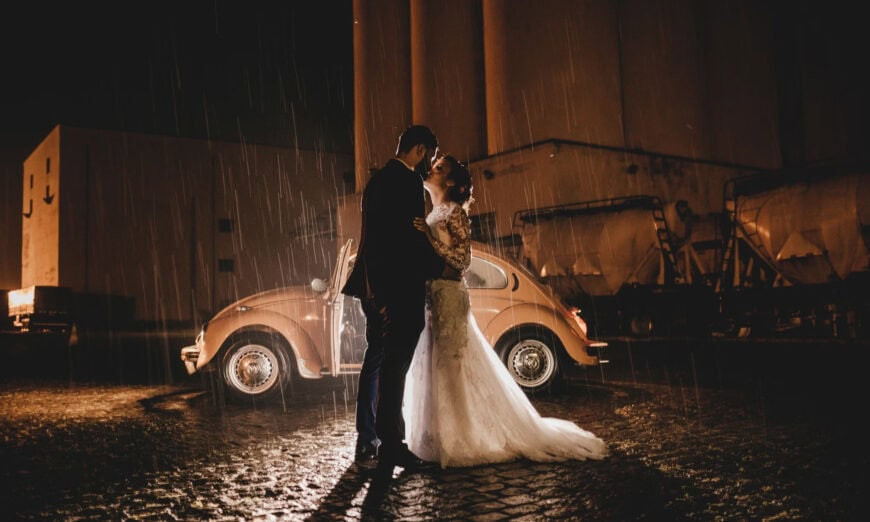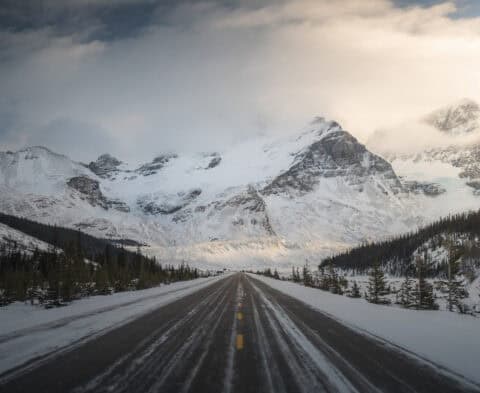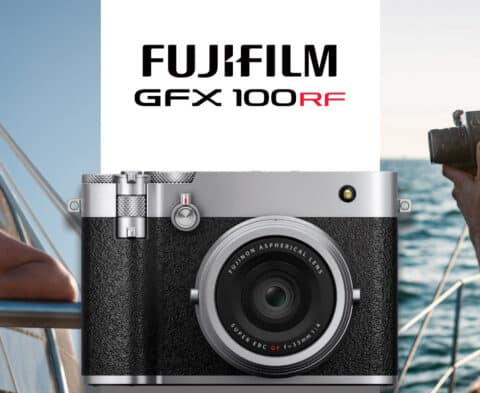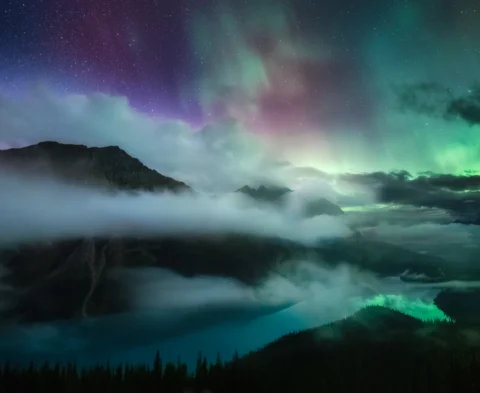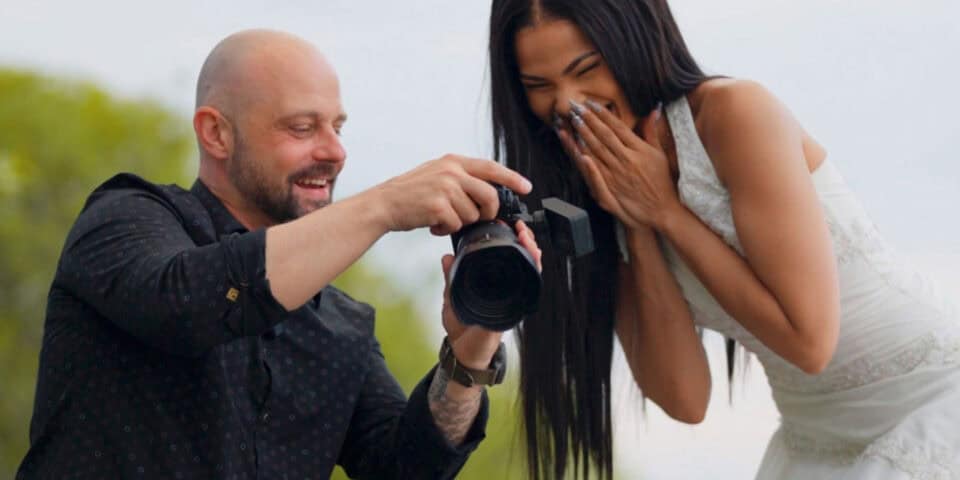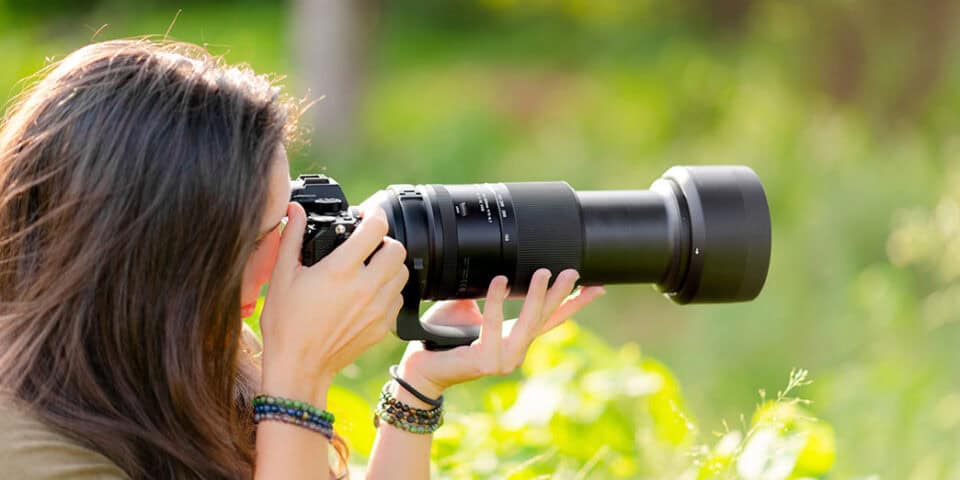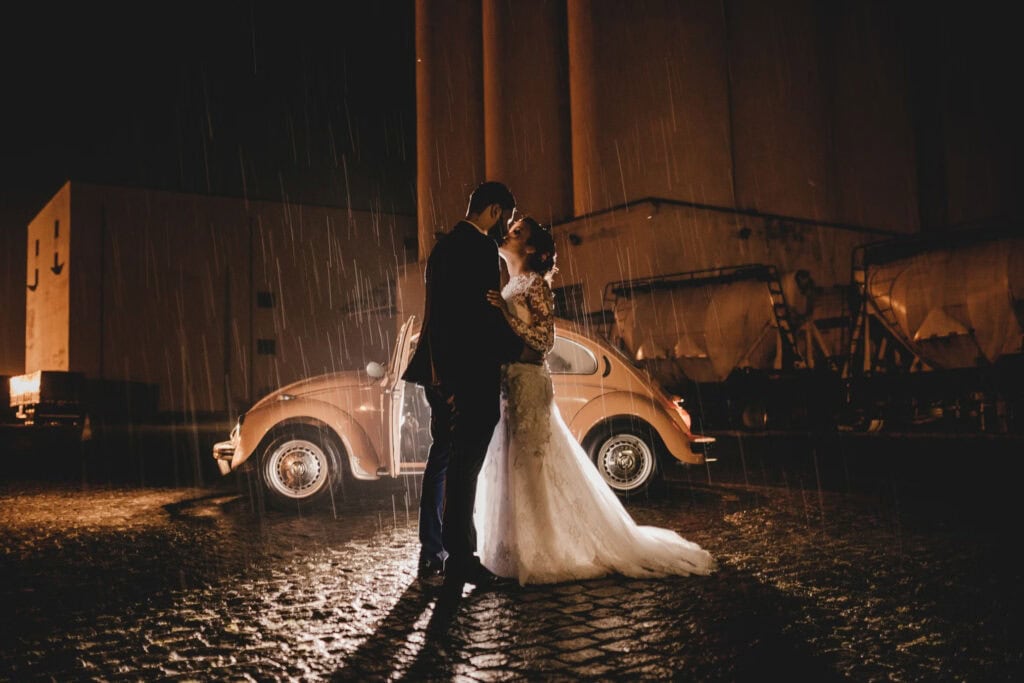
Photography isn’t always about sunny skies and perfect conditions. Bad weather can offer unique opportunities to capture stunning, mood-filled images. Whether it’s the dramatic lighting of a thunderstorm or the soft, diffused light on a rainy day, knowing how to adapt your photography to bad weather can elevate your skills and produce breathtaking results. Here are some tips, tricks, and gear recommendations to help you make the most out of inclement weather photography.
Lighting: Embrace Natural Light and Stabilize with a Tripod
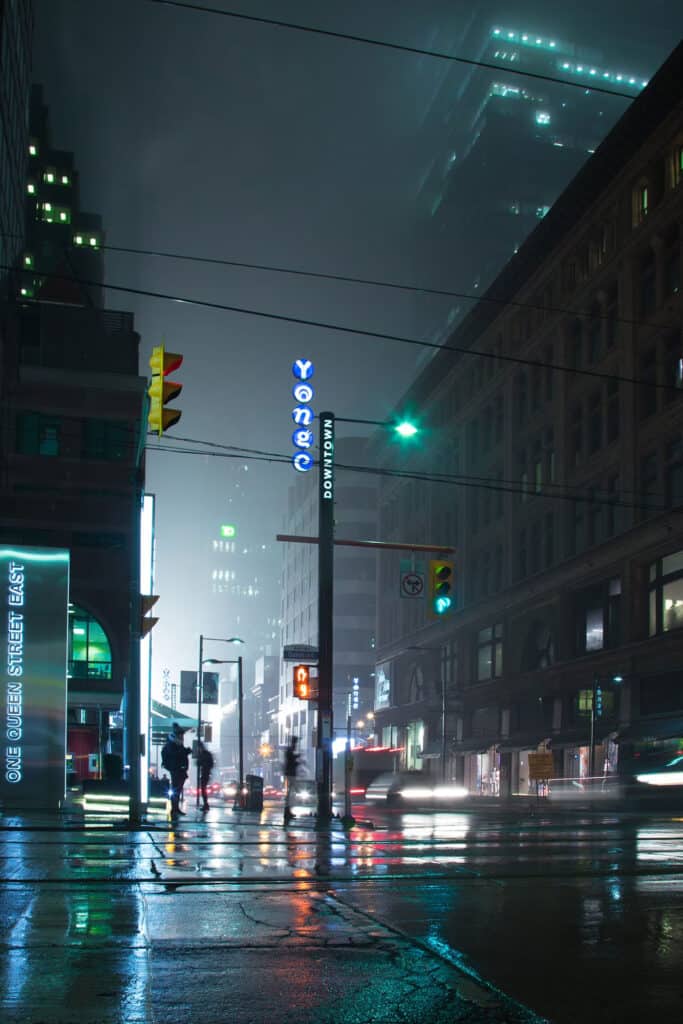
Bad weather often brings unique lighting conditions that can dramatically enhance your photos. Natural light during storms can create captivating, moody scenes, while overcast skies act like a giant softbox, diffusing sunlight and reducing harsh shadows. This is perfect for capturing the raw power and beauty of nature.
- Tip: Use a tripod to stabilize your camera for low-light stormy photos. Longer exposure times can capture the dramatic movement of clouds and the intensity of the storm.
- Recommended Gear: Canon EOS R5 with a Manfrotto Befree Advanced Travel Tripod for stability in challenging weather conditions.
Mood: Capture the Atmosphere
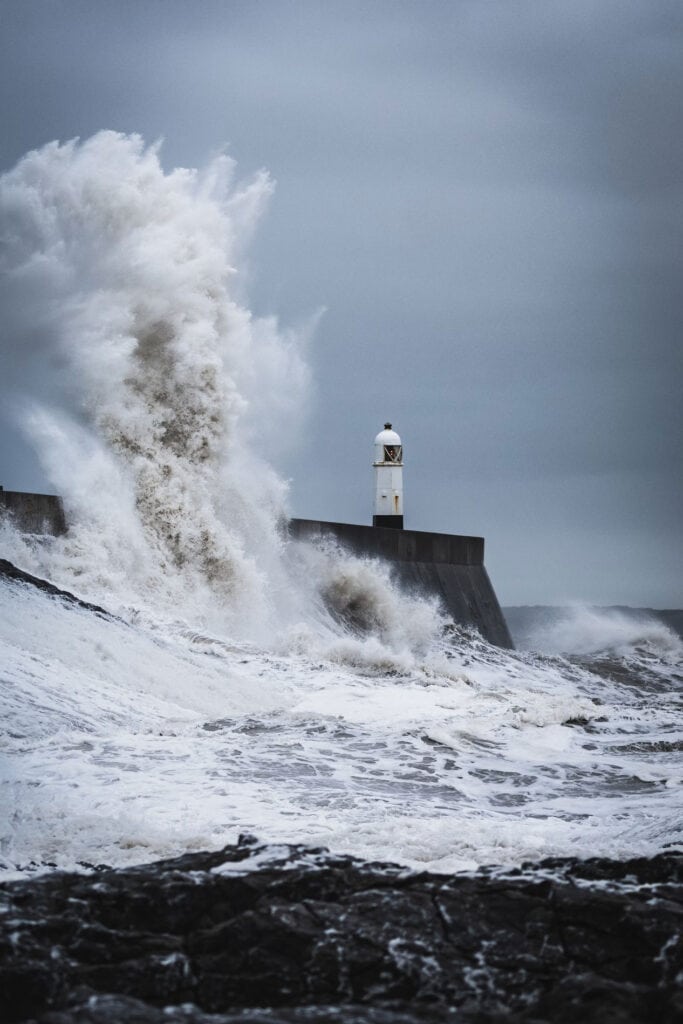
Weather can greatly influence the mood of your photos. Rain, fog, and storms can add a mysterious or somber tone, while snow can create a serene and peaceful atmosphere. Use the weather to tell a story and evoke emotions in your viewers.
- Tip: Experiment with black and white photography to emphasize the mood. Timing is everything. Whether its waiting for a perfect wave or a strike of lightening – time your shot, and you will have a photo that will captivate your audience.
- Recommended Gear: Nikon Z6 II with a NIKKOR Z 24-70mm f/2.8 S lens for versatility in different lighting conditions.
Unique Shots: Find the Beauty in the Unusual
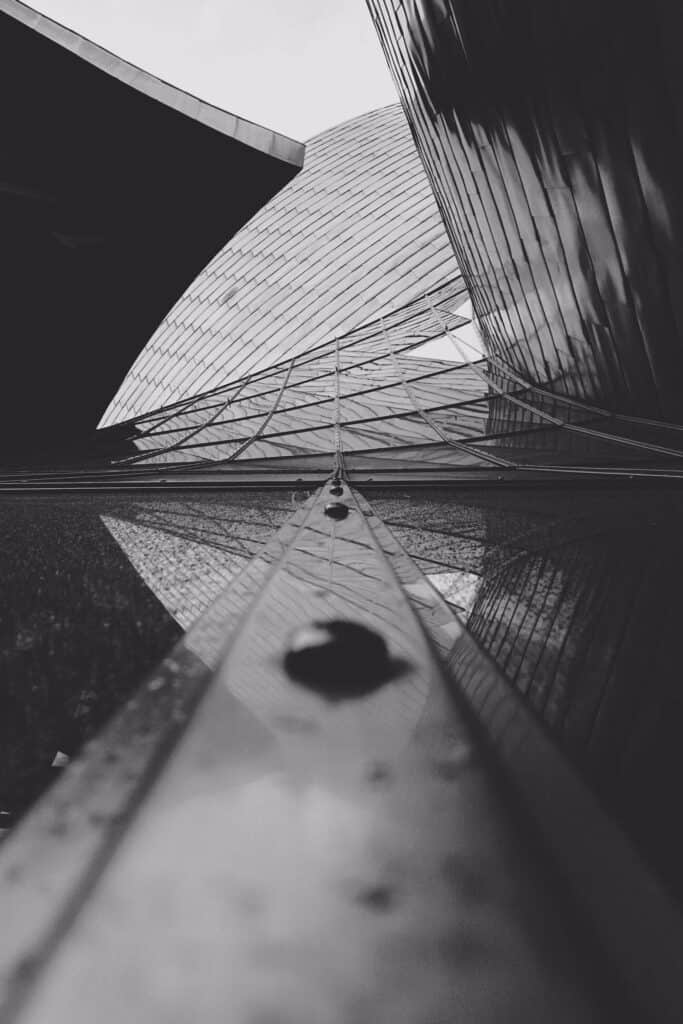
Bad weather often creates conditions that you wouldn’t normally encounter on a sunny day. Look for reflections in puddles, raindrops on windows, or the way the light filters through the fog. These elements can add depth and interest to your photos.
- Tip: Get close to your subject to capture intricate details like raindrops on leaves or snowflakes.
- Recommended Gear: Sony α7R IV with a Sony FE 90mm f/2.8 Macro G OSS lens for detailed macro shots.
Shooting Water: Enhance Your Compositions
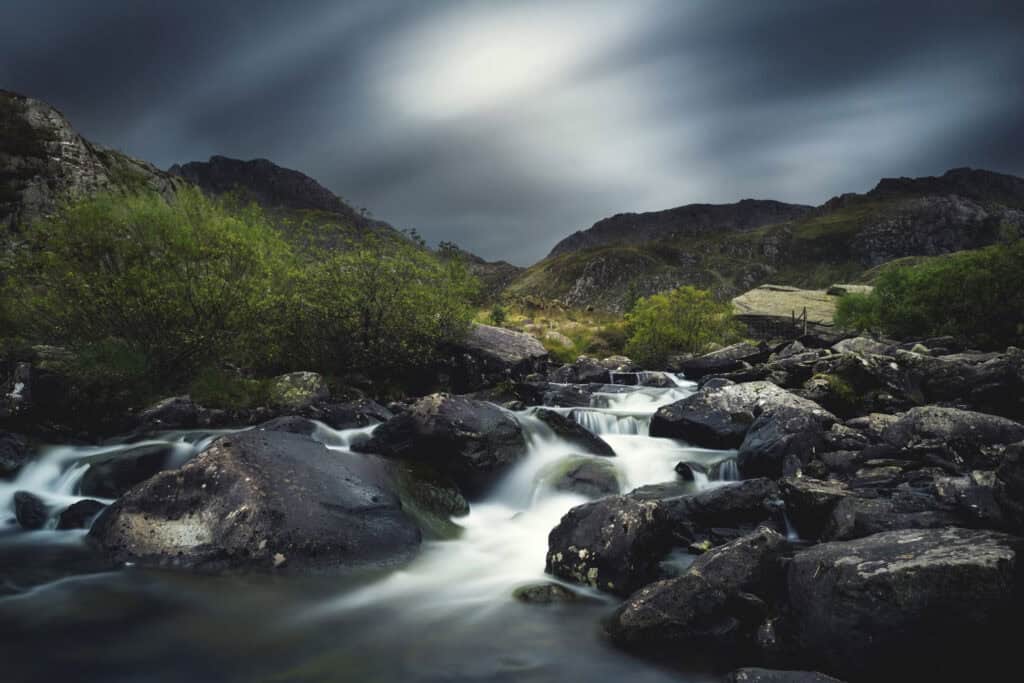
Rain and water can enhance your compositions in unexpected ways. Look for reflections, splashes, and the texture of wet surfaces. Long exposure shots of flowing water can create a dreamy, ethereal effect.
- Tip: Use a polarizing filter to reduce glare and enhance reflections.
- Recommended Gear: Fujifilm X-T30 with a Fujinon XF 16-55mm f/2.8 R LM WR lens and a Polarizing Lens Filter.
Protect Your Gear: Keep Your Equipment Safe
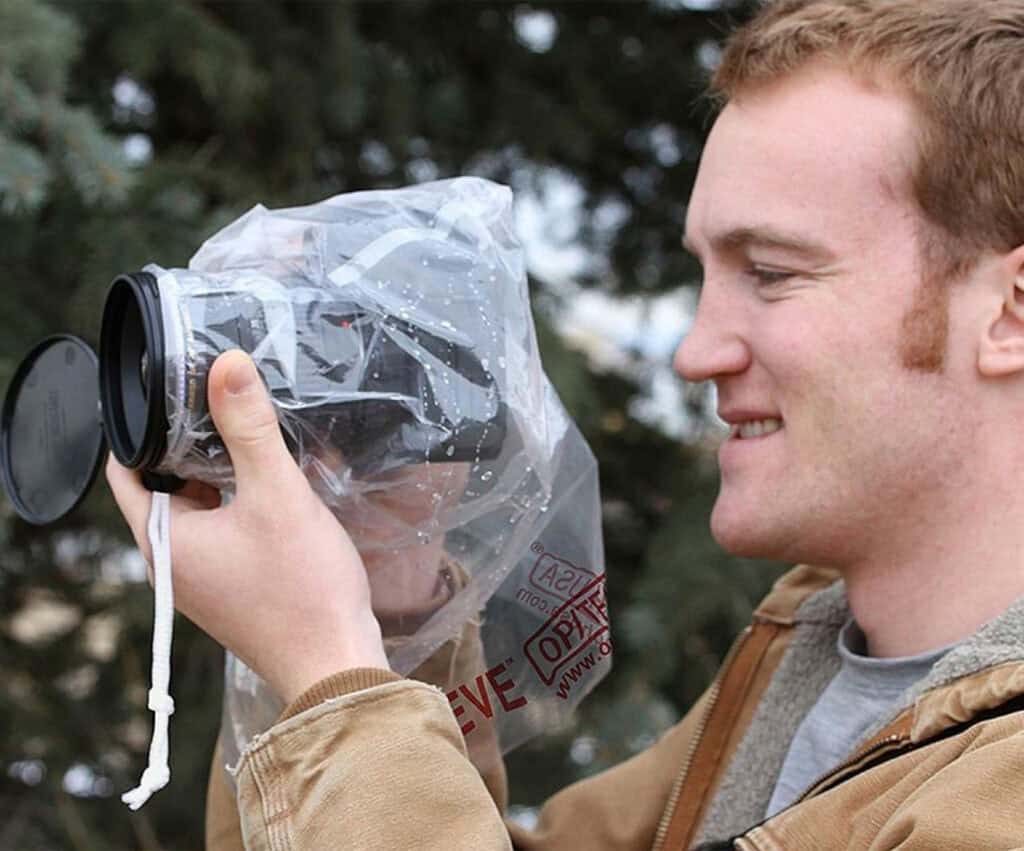
Shooting in bad weather means you need to take extra precautions to protect your gear. Water, snow, and dust can damage your camera and lenses. Use rain covers, waterproof bags, and silica gel packets to keep your equipment dry.
- Tip: Pack a couple microfiber cloths to wipe down your gear if it gets wet. Use one to soak up the water and another to clean your lens and gear.
- Recommended Gear: Peak Design Everyday Sling or Backpack for secure storage, and OP/TECH USA Rainsleeve for camera protection.
Use the Time to Plan: Optimize Your Downtime
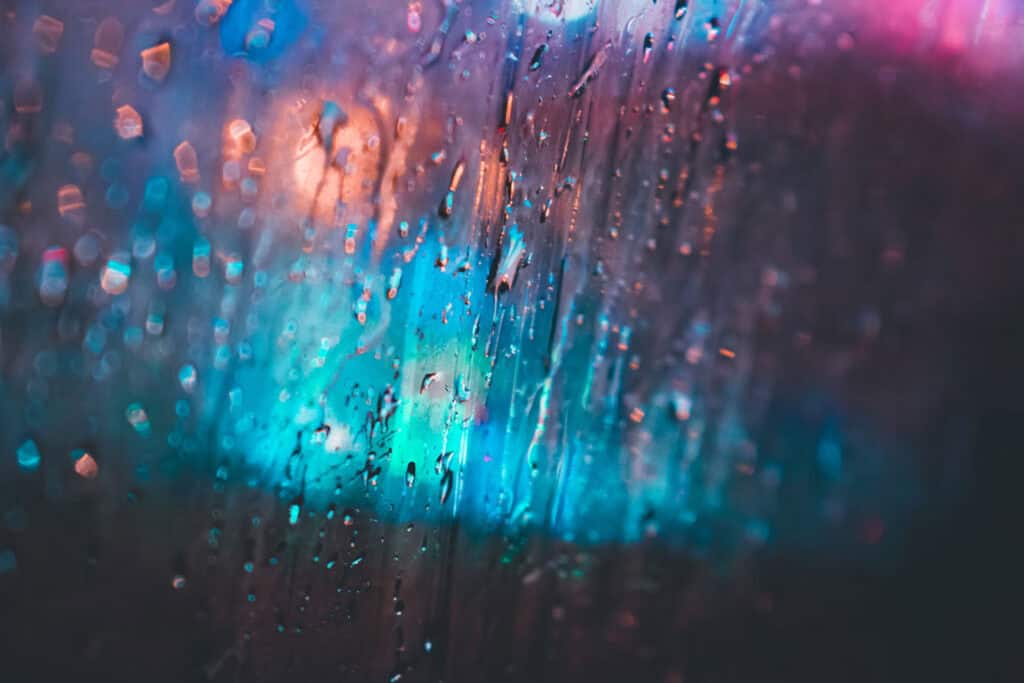
When the weather is too harsh to shoot, use the time to plan your next shots. Scout locations, review your previous photos, and think about how you can improve. Having a game plan can help you make the most of the weather breaks.
Bad weather doesn’t have to ruin your photography plans. With the right mindset, gear, and techniques, you can turn inclement weather into an advantage, capturing unique and compelling images that stand out. So next time the forecast looks gloomy, grab your camera and head out—you might just capture your best shots yet.
For more tips, tricks, and gear recommendations, visit Henry’s Cameras or follow us on social media. Whether you’re braving the storm or waiting for the perfect light, we’re here to help you capture the moment.
Explore More
